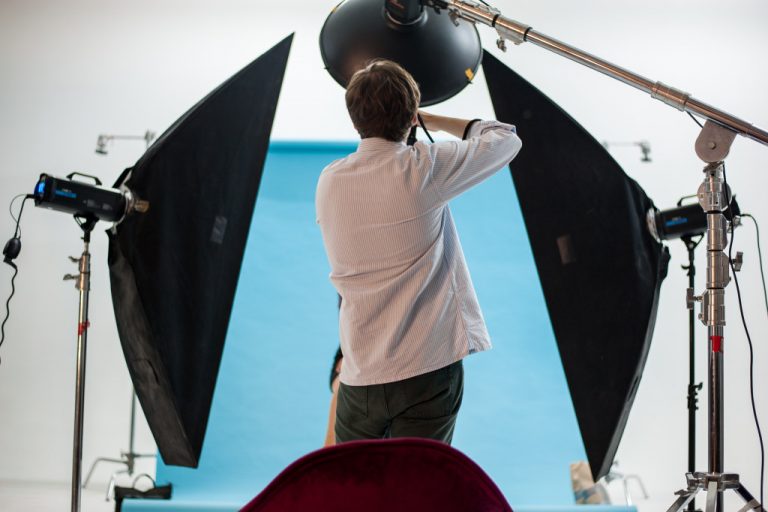Entrepreneurs often get swept up in perfecting a brand logo. In most cases, they even spend months before launching their concept scrambling to figure out which one symbol is acceptable for a company they haven’t even begun.
Then, as the launch starts, they forget one of the essential aspects -the visuals. Many entrepreneurs devote far too little attention to quality product imagery and corporate graphics. As we continue to reach the peak of the digital era, images remain the trigger point for consumers. It’s a communication tool that people perceive value or dismiss and go on to the next.
Images and Conversion Rates
Despite keyword optimization in advertising, search engines place a high value on your product or brand imagery. When it comes to page ranking, mobile search engines are considering page load speed. If the page uses far too many photos suited for different screen sizes, they tend to reflect a lower authority. Thus, affecting audience reach, site traffic, and chances of consumer conversion.
If you need some boost on your sales, you should start by focusing more on your graphics. But how can you do so? Let’s go over the most critical elements and how you can put them into practice.
First Impressions
Taking a good photo is the first step in having striking eCommerce imagery. When visitors visit a product page, the very first element they see are visuals. Those initial moments can be critical in assessing whether the products are what they want.
Check to see whether you’ve got everything set up correctly. Setting up for a digital image does not have to be costly. If you’re still getting started, invest in starter packs and upgrade once you have enough funds.
Angles and Variety
If you explore any popular eCommerce website, you’ll notice that they seldom use just one picture for either of their photos. Because product photography is helpful to highlight the product’s most outstanding features, it’s crucial to offer a range of views. You can utilize different photographs to highlight certain elements.
Images are more effective than descriptions in determining the quality and specifics of a product. Rather than touching the object as they would in a physical shop, superb visual merchandising allows the consumer to examine its numerous aspects up close.

Dimensions and Saving
It’s critical to pay attention to the size of your picture. If your image is too large, it will slow down the loading of your website. On the other hand, your photographs will seem blurry if they are too small. Keeping your pictures square ensures that they will appear appropriately and look excellent despite the photo’s contents. When your photographs are large, you can scale them down to utilize as previews or collection shots.
Information Preservation
Today, many companies invest a significant portion of their enterprise value in digital assets. However, together with it comes the risk of data vulnerability. So, information preservation plays a crucial role in progress.
Archived websites are critical in terms of retrieving past documents and historical data. The use of web crawling software makes information accessible anytime. By capturing a series of images from your webpage and recording the digital information on a dedicated server, you’ll gain access to every historical data at any given time.
File Format
In most circumstances, single images are the picture file format of choice. It provides high-quality photos with small file sizes. The option to set the amount of compression you want is one of the best features of the JPEG file format. You can lower the file size by adjusting the compression settings but at the expense of picture quality.
File Names
The first bit of information you can give search engines to recognize your picture is its name. The native file name, which appears like a series of digits and comes from your device, does not accurately explain what the shot is showing. When labeling your photographs, use dashes rather than spaces to indicate the elements of the image.
Consistency
Finally, you want the appearance of your photographs to be consistent. Aside from having the same dimension, and a white backdrop will keep everything appearing tidy. If you’re going to make them seem a little more professional, adjust your product shots so that it takes enough size from your canvas.
That’s all there is to it. A survival guide for product images and visual optimization guarantees that your site loads fast, that the photographs look fantastic, and that you earn more revenue for less effort. With these at hand, you’re well on your way toward success.




